Career Information
- Training lasting about 1 year is available in about 1,200 State-approved programs, mostly in vocational or technical schools.
- Applicants for jobs in hospitals may face competition as the number of hospital jobs for licensed vocational nurses declines; however, rapid employment growth is projected in other health care industries, with the best job opportunities occurring in nursing care facilities and in home health care services.
- Replacement needs will be a major source of job openings, as many workers leave the occupation permanently.
—U.S. Bureau of Labor Statistics
Vocational nursing is the entry level into the nursing profession. The licensed vocational nurse practices under the supervision of a registered nurse, advanced practice nurse, physician’s assistant, physician, podiatrist, or dentist. The licensed vocational nurse practices in structured health care settings with clients with predictable healthcare needs.
Texas and California use the title Licensed Vocational Nurse; all other states use the title Licensed Practical Nurse; graduates of both programs take the same licensure exam.
In addition to providing bedside care, LVNs in nursing care facilities such as long-term care and assisted-living facilities help to evaluate residents’ needs, assist in the development and modification of ongoing plans of care, and supervise the care provided by nursing aides. LVNs may also be employed in different clinics, private and group homes and similar institutions.
Licensed practical nurses held about 696,000 jobs in 2014. About 31 percent of LVNs worked in nursing care facilities (skilled nursing facilities), 12 percent in general medical and surgical hospitals, and another 13 percent in offices of physicians.* Others worked for home health care services; employment services; community care facilities for the elderly; public and private educational services; outpatient care centers; and Federal, State, and local government agencies.
Employment of LPNs is expected to grow about as fast as average for all occupations through 2022 in response to the long-term care needs of an increasing elderly population and the general growth of health care services. Replacement needs will be a major source of job openings, as many workers leave the occupation permanently. Applicants for jobs in hospitals may face competition as the number of hospital employment opportunities for LVNs declines; however, rapid employment growth is projected in other health care industries, with the best job opportunities occurring in nursing care facilities and in home health care services.
*Source: Bureau of Labor Statistics
Search the Health Sciences Website
Vocational Nursing Updates
TEAS Testing Requirements for Health Sciences Applicants
A TEAS Exam score is required to apply to the following programs: Dental Hygiene, Occupational Therapy Assistant, Radiology, and Vocational Nursing.
If you are not applying to one of the programs above, then you are not required to take the TEAS Exam at this time. Please refer to the Application Process page for your program to see all application requirements.
Read moreOnline Application Submission Process
Due to public safety concerns, applications will not be accepted in person until further notice. Effective immediately, applicants for all Health Sciences programs except Associate Degree Nursing, Mobility Nursing, and RN-to-BSN should follow these instructions when submitting their application and supporting documents:
Read moreACC approves new Vocational Nursing degree
Austin Community College (ACC) approved a new degree in Vocational Nursing to prepare students for entry-level positions in vocational nursing. The Associate of Applied Science (AAS) degree is structured to provide a flexible, affordable pathway for students who complete a Level II Vocational Nursing Certificate to continue on their path and earn an associate degree. Read more at the ACC Newsrooom.
Read more

